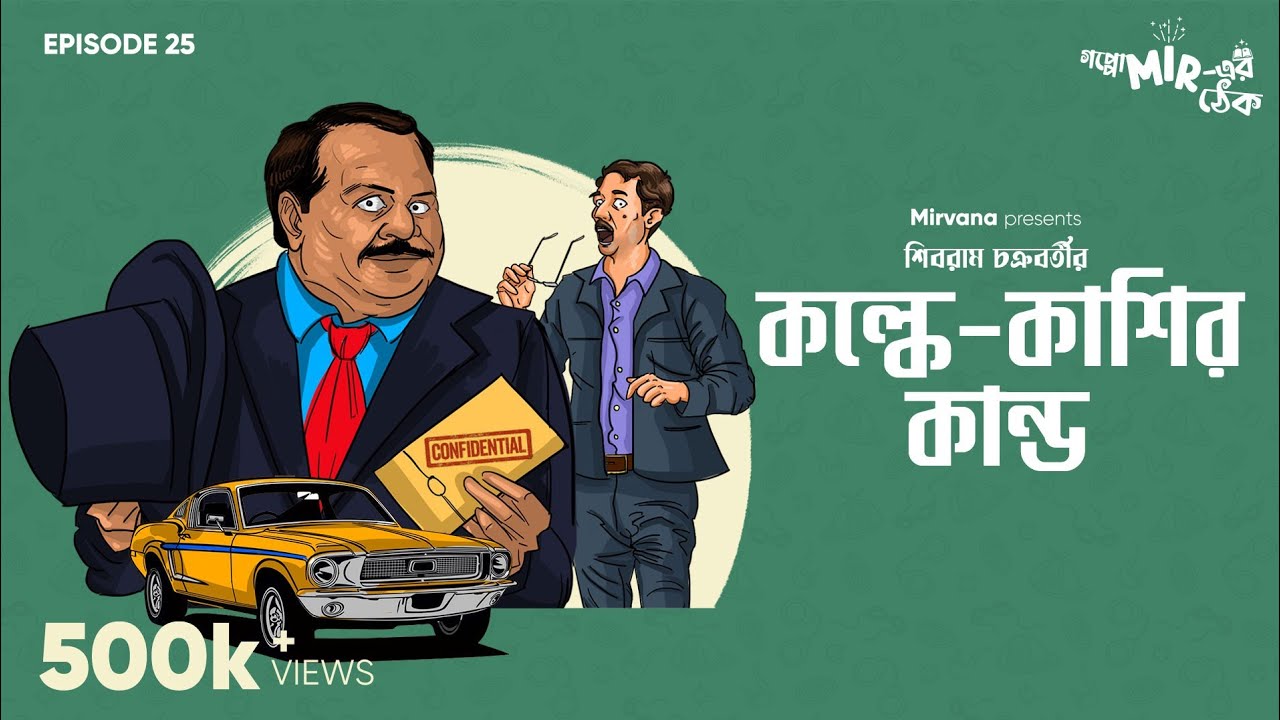Jan 29/2024 መጥቃዕቲ ኣብ ልዕሊ ፕ/ት ኢሰይያስ
Summary
TLDRThe provided script appears to be a fragmented collection of words, interspersed with numerous mentions of music ('موسيقى') and applause ('تصفيق'). It doesn't follow a coherent narrative or message but seems to be a random assortment of sounds, words, and musical interludes. The recurring theme of music suggests a musical or performance context, while the inclusion of applause indicates audience interaction or approval. The overall essence seems to evoke a dynamic, perhaps even chaotic, atmosphere, likely from a live performance or an experimental audio-visual piece.
Takeaways
- 🎵 The script heavily emphasizes musical elements, indicating a strong musical theme or background score.
- 🌶️ References to 'فلفل تي' (chili tea) suggest a theme or motif involving spice or heat, perhaps metaphorically.
- 🚶♂️ Phrases like 'في لام' could imply movement or progression, possibly representing a journey or character development.
- ❤️ Repeated mentions of 'حب' (love) hint at romantic elements or themes of affection within the narrative.
- 🔍 The use of fragmented and nonsensical phrases such as 'دي زد ب ز' might symbolize confusion or chaos.
- 👥 'راوي زري عسب ز' and similar phrases could symbolize characters or narrators, indicating multiple perspectives or storytelling.
- 🤔 'انا اتراو' suggests self-reflection or questioning, indicating themes of identity or existential inquiry.
- 🎉 The mention of 'تصفيق' (applause) suggests moments of celebration, achievement, or climax.
- 🍵 'ففل, ي' might symbolize a return to the beginning or a cyclical narrative structure, hinting at themes of repetition or cycle.
- 👏 The overall structure, with its blend of music, nonsensical phrases, and sparse coherent words, suggests an experimental or avant-garde approach to storytelling or presentation.
Q & A
What is the recurring theme in the video script?
-The recurring theme is music, indicated by the repeated references to [موسيقى], which translates to [music] in English.
Are there any specific phrases or words that indicate a particular type of music or musical instrument in the script?
-The script does not specify types of music or musical instruments explicitly; it primarily repeats the word for music and includes various other fragments and sounds.
What could the repeated use of [موسيقى] suggest about the video's content?
-The repeated use of [موسيقى] suggests that music is a significant component of the video, possibly playing continuously or at multiple intervals throughout.
Is there any dialogue or speech mentioned in the script?
-The script does not contain clear dialogue or speech; it is mostly a series of sounds, names, and the repeated mention of music.
Are there any characters or individuals mentioned by name in the script?
-Yes, names like راوان and كراو appear in the script, which might refer to characters or individuals involved in the video.
Does the script suggest the presence of any specific actions or events?
-The script does not clearly describe specific actions or events, focusing more on musical elements and fragmented words.
How does the script indicate changes or transitions within the video?
-Changes or transitions might be indicated by the repeated interruptions of [موسيقى], suggesting shifts in scenes or emphasis on different parts of the video.
What mood or atmosphere could the repeated musical references create in the video?
-The repeated musical references likely create a vibrant, dynamic atmosphere, emphasizing the importance of music to the video's theme or mood.
Are there any references to specific locations or settings in the script?
-The script does not mention specific locations or settings; it is abstract, focusing on musical elements and fragmented phrases.
What is the significance of the audience interaction, as suggested by [تصفيق], which translates to [applause]?
-The mention of [applause] suggests moments of audience interaction or approval, possibly after a performance or notable moment in the video.
Outlines

このセクションは有料ユーザー限定です。 アクセスするには、アップグレードをお願いします。
今すぐアップグレードMindmap

このセクションは有料ユーザー限定です。 アクセスするには、アップグレードをお願いします。
今すぐアップグレードKeywords

このセクションは有料ユーザー限定です。 アクセスするには、アップグレードをお願いします。
今すぐアップグレードHighlights

このセクションは有料ユーザー限定です。 アクセスするには、アップグレードをお願いします。
今すぐアップグレードTranscripts

このセクションは有料ユーザー限定です。 アクセスするには、アップグレードをお願いします。
今すぐアップグレード関連動画をさらに表示

How to Make a Shoe Polish Machine

Kolke Kashi | #GoppoMirerThek Episode 25 feat Mir Afsar Ali & Kharaj M

Օգյուստ Կոնտ. սոցիոլոգիայի ծնունդը, պատերազմն ու դրական ոգին | Դավիթ Իսաջանյան

Award Winning short film I Fisherwoman and Tuk Tuk I Short Film I Studio Eeksaurus

【札幌】◯◯だったらおかわり自由!『揚げたて天ぷら屋』ココノススキノHokkaido 天ぷらのやまや

PICCHU | Award-Winning Animated Short Film | Amazon Web Services
5.0 / 5 (0 votes)
